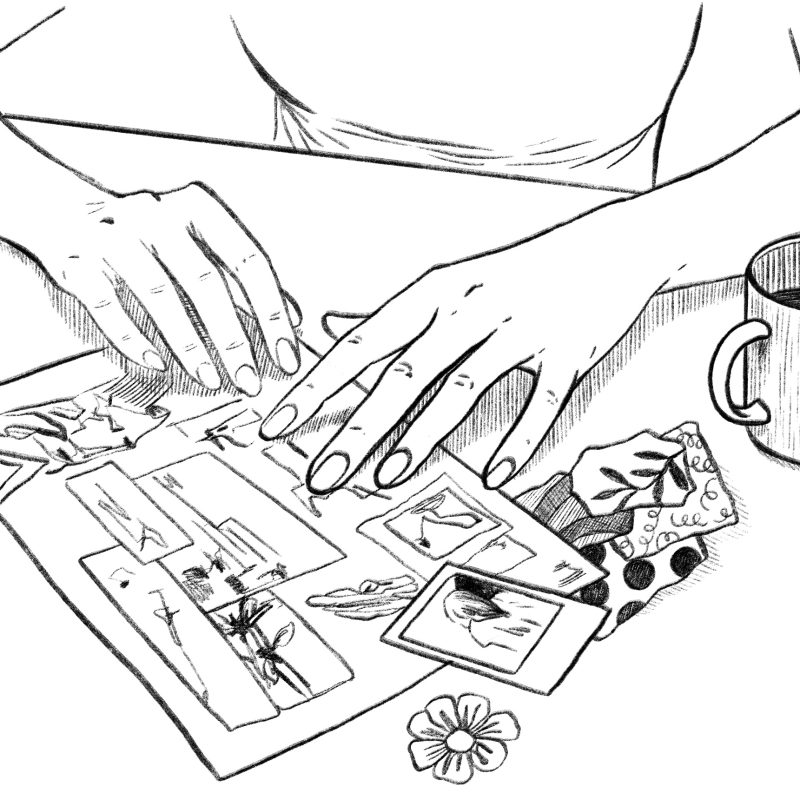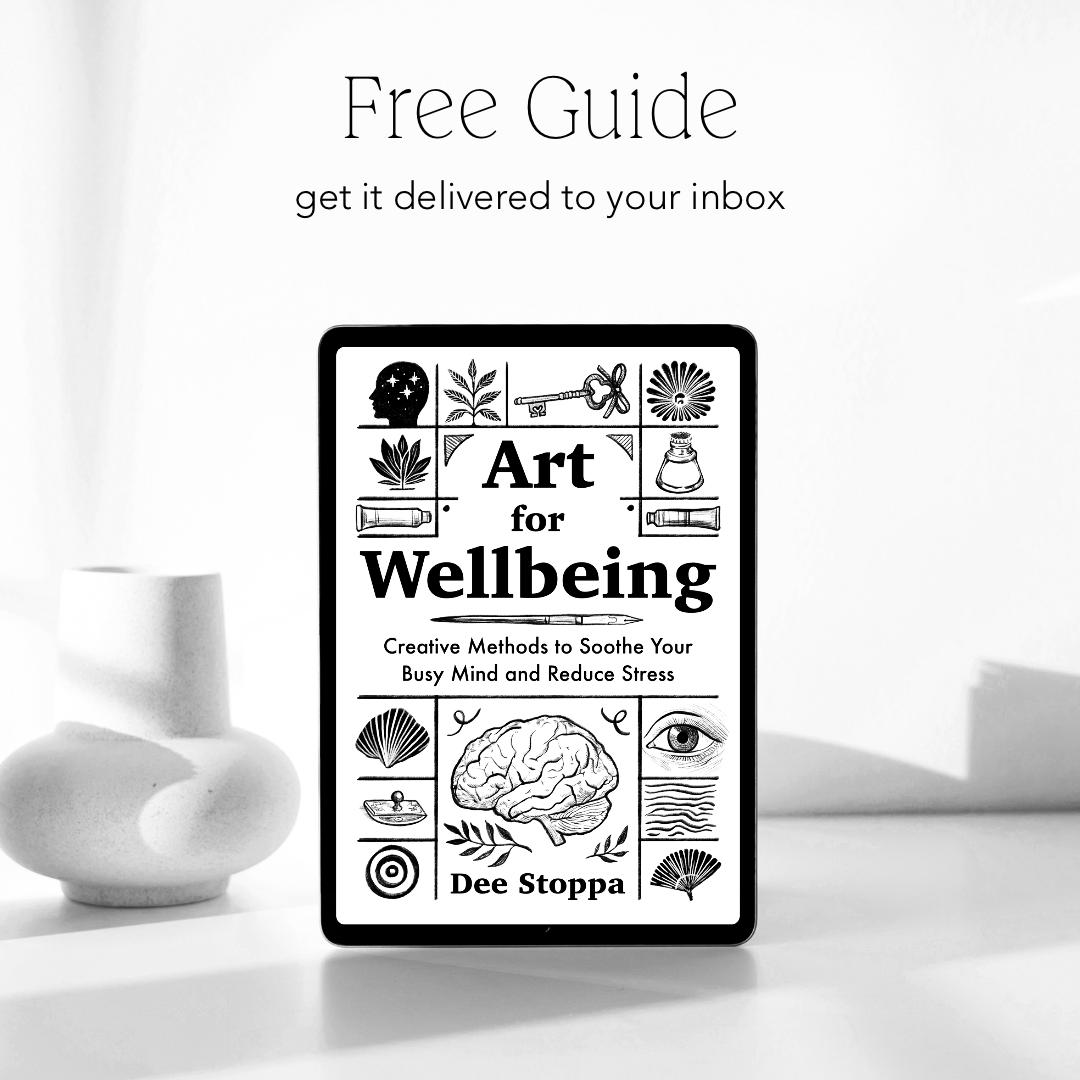
In our fast-paced world, where many of us struggle with stress and anxiety, creating new mindful habits is important for our wellbeing.
Art, in its many forms, holds a profound ability to heal and nurture our mental, emotional, and even physical health. Let’s explore the transformative power of art, supported by research, and how it can enhance our overall wellbeing.
Research-Based Insights
Scientific research supports the positive impact of art on our brains and bodies. Engaging in artistic activities has been shown to reduce levels of the stress hormone cortisol. A study from Drexel University (tap here to read) found that making art for just 45 minutes can significantly reduce cortisol levels, regardless of artistic experience or talent .
The study, published in the Art Therapy journal, involved 39 adults who participated in 45 minutes of art-making. The researchers measured cortisol levels before and after the session through saliva samples. They discovered that 75% of the participants’ cortisol levels lowered during the art-making period, demonstrating the stress-reducing power of creative activities.
Furthermore, art can stimulate the release of dopamine, the neurotransmitter associated with feelings of pleasure and reward. This release can enhance mood, improve motivation, and even aid in the management of chronic pain.
At any skill level, making art reduces stress hormones (tap to read)
Community and Connection Through Art
Art also plays a significant role in building community and fostering social connections, both of which are crucial for our mental health. Participating in group art projects, attending workshops, or even visiting art galleries can create a sense of belonging and shared experience.
In community art projects, individuals come together to create something larger than themselves, often resulting in a strengthened sense of community and mutual support. These social interactions can help reduce feelings of isolation and loneliness, which are often linked to mental health issues. Link to the research.
Arts engagement supports social connectedness in adulthood: findings from the HEartS Survey (tap to read)
New Report Examines the Role of Arts and Culture in Fostering Social Cohesion and Community Well-Being (tap to read)
Personal Empowerment and Self-Discovery
Creating art empowers individuals to take control of their narrative and discover new aspects of themselves. It can be an empowering process, allowing people to explore and express their identities, experiences, and dreams. Engaging with art provides a sense of accomplishment and self-worth, boosting self-esteem and providing a sense of purpose .
Art also allows for personal reflection and growth, offering insights into one’s emotions and thoughts. By making the intangible tangible, individuals can better understand and articulate their inner experiences, leading to greater self-awareness and empowerment.
Practical Ways to Incorporate Art into Daily Life
- You don’t need to be an artist to reap the benefits of art in your life. Here are a few simple ways to incorporate art into your daily routine:
Join local art workshops or classes to learn new techniques and meet like-minded individuals.











